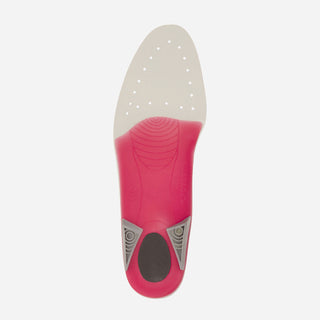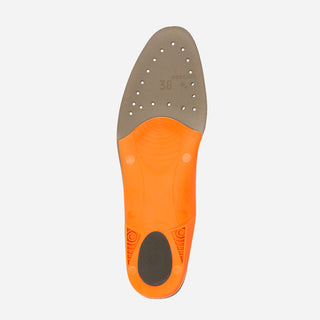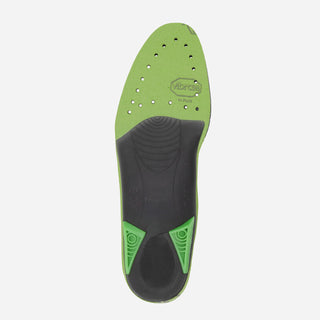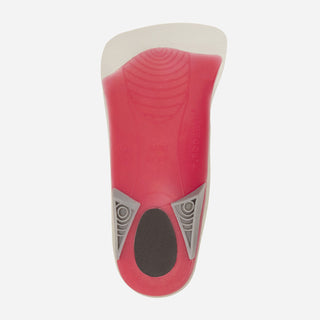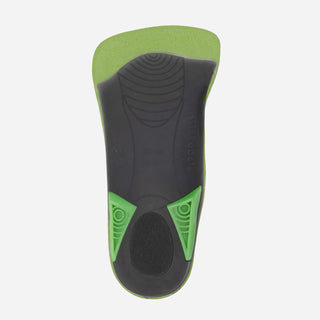One of the most frequent foot pathologies, especially among athletes but also among people who do not practice physical activity, is plantar fasciitis . This problem generally affects adults between 30 and 60 years of age, especially athletes , overweight or obese people.
Intense foot pain is a hallmark of this condition, which particularly affects the plantar fascia of the foot . This area is continually stressed and strained with every step. It is important to understand what plantar fasciitis is and what its symptoms are: in the most serious cases, in fact, it can lead to forced rest.
Let's discover the symptoms and remedies for plantar fasciitis in this dedicated article.
What is plantar fasciitis?
Plantar fasciitis is an inflammatory and degenerative disorder that affects the plantar fascia or plantar aponeurosis; it is a fibrous tissue that affects the area that goes from the heel to the base of the toes, it helps maintain the longitudinal arch of the foot and allows a homogeneous distribution of the load under the sole.
Plantar Fasciitis: Symptoms and Causes
Plantar fasciitis is characterized by intense pain in the plantar fascia . The anatomical area most affected is at the insertion point of the fascia on the medial plantar tubercle of the heel, but it can also develop along the course of the fascia itself (midfoot and forefoot).
Clinically, the pain occurs in the morning upon waking up after the first few steps or after sitting for a while, and then eases after a few steps.
.
What causes plantar fasciitis ?
- Pronated or supinated foot
- Use of unsuitable footwear (flat)
- Stiffness of the plantar Achilles complex
- Overweight and obesity
- Functional overload
- Standing for many hours a day
How to treat plantar fasciitis
To ensure successful treatment of plantar fasciitis , it is important not to ignore the symptoms and take action at the first signs of pain.
Conservative treatment is estimated to be effective in 90-95% of cases. This treatment reduces pain, strengthens muscles and recovers mobility. It is best to keep the inflamed plantar fascia at rest , applying ice packs and taking anti-inflammatories (in the case of intense pain and with a doctor's prescription). In the case of very acute pain, it is possible to undergo physiotherapy sessions or focused shock wave treatment.
A particularly useful remedy for the treatment of plantar fasciitis are insoles that have the function of rebalancing the load on the sole and correcting any biomechanical alterations that caused the pathology.
Plantar orthoses intervene in all three phases of the step: in the contact phase they stabilize the heel when it touches the ground, subsequently in the support phase they support and accompany the pronation of the foot thus reducing excessive stress on the plantar fascia and in the final phase of the step cycle which is the propulsion they rebalance the pressure peaks at the level of the metatarsal heads.

